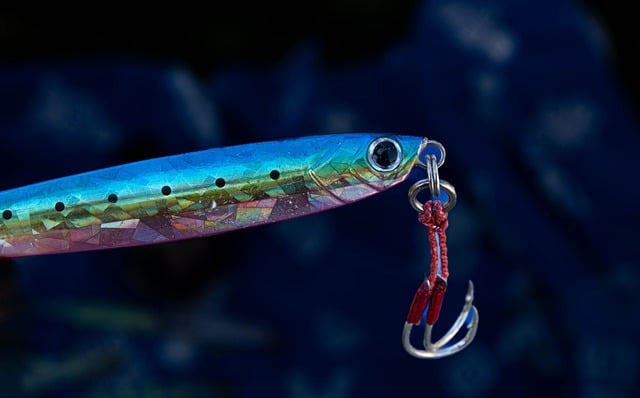The Decoy Effect is a behavioral economics strategy that you can use to improve your website’s conversion rate. It’s based on the idea that people have irrational preferences, which means they don’t always act logically when making decisions. We all know that people react differently to different incentives and stimuli; that’s why conversion optimization is so important.
The Decoy Effect is one of the many psychological strategies you can use to get website visitors to take action. It involves placing two similar options side by side, one of which usually has a clear disadvantage over the other option. We call this second option the decoy or “decorative” choice because it doesn’t offer as much value as the primary choice. When used correctly, this strategy improves your conversion rate by getting visitors to take action on your website.
How to use the Decoy Effect in conversion optimization
The first step in using the Decoy Effect to improve conversion rates is to identify the primary choice. This is the option you want visitors to choose. Next, you need to select a second option to serve as a decoy. This second option should be very similar to the first; the only difference between the two is that it has a drawback that the first option does not.
Now you’re ready to implement the decoy effect on your website. First, add both the main and decoy option to your website so that visitors are aware of both options. Then, make sure your main option offers the most value to customers. Finally, track conversion rates over time to see if the decoy effect has improved your conversion rate. You can also A/B test your website to see if the Decoy effect has a positive impact on your conversion rate.
When should you use the Decoy effect?
The Decoy Effect is most effective when there are two options to choose from that are similar but have a significant difference. I recommend using the Decoy Effect when you have multiple options on your website that appeal to different types of customers. When deciding which options to use for the Decoy Effect, consider which features are most important to your customers. You can also use qualitative data, such as customer surveys, to determine which options best support the Decoy Effect.
There are two main scenarios in which the effect should be used. The first is when you have two or more complementary products or services. The second scenario is when you have two options that are very similar, but have a notable difference. If you are using the decoy effect to increase conversion rates for complementary products, place one option as the first choice and one as the decoy. The decoy option has a distinct disadvantage and doesn’t offer as much value as the main option. The advantage of this strategy is that you get visitors to take action on your site, while increasing sales of your other products.
How do you take advantage of the Decoy effect?
There are a few ways to make the most of the Effect. The two most important factors are the positioning of the decoy option and the way you word the decision process on the website. First, consider how you position your decoy option. You want the main option and the decoy option to be similar, but the decoy option to have a clear disadvantage.
There are several ways to do this. You can portray the decoy as less desirable, less valuable, or less popular than the main choice. I suggest that u also use other wording to describe the options. For example, if you’re promoting a service, you can use statements like “Sign up today!” or “Get started!”. Alternatively, you can use more neutral or factual language, such as “We offer a 14-day free trial.
Conclusion
The Decoy Effect is a good strategy you can use to improve your website’s conversion rate. It involves placing two similar options side by side, one of which usually has a clear disadvantage over the other. Used correctly, this strategy will improve your conversion rate by getting visitors to take action on the site.
To get the most out of this tactic, you must first identify the main and decoy options. Then, make sure that the first option is the best one. Finally, use the decoy effect on the website to improve your conversion rate.
Do you know: What is shoppable content? How do you create it?

